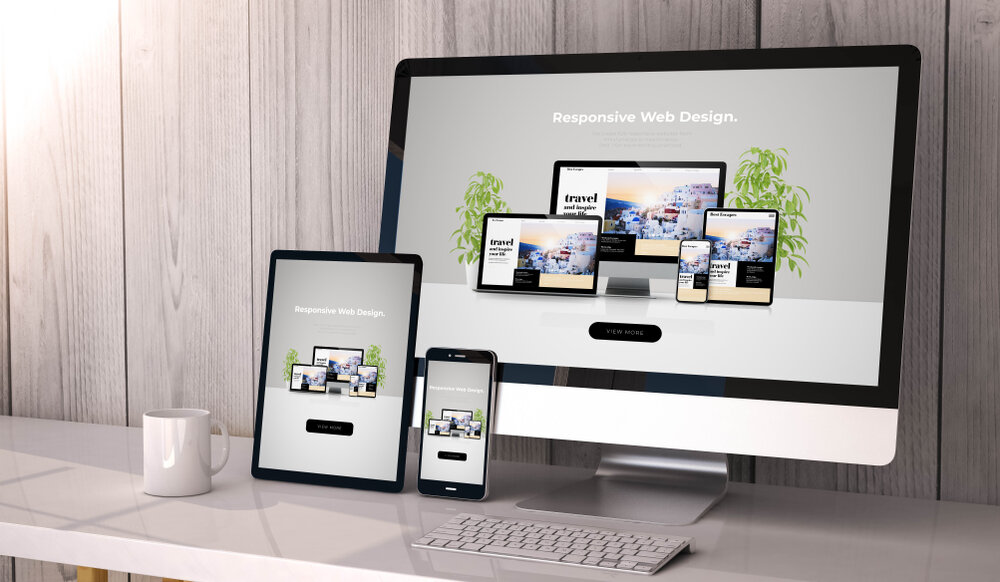The design of a responsive website is one of the best ways of creating a website that is easy to navigate and that appeals to a wide audience. This is because it is designed to adapt to a variety of screen sizes and devices. In addition, this design makes it easier to manage and maintain your site.
Buttons
A button is a small interactive element that can be used to communicate an action. They’re often placed on the page of a web site. This allows users to take a specified action, such as sending an email, purchasing a product, or downloading data.
Creating an effective and attractive button is crucial to the success of your website. Here are some tips on how to make yours stand out and impress.
The primary action of your button should be the most obvious and important. The secondary actions should be less obvious, though still present. For example, you don’t want to display a parking sign on the secondary button. Keeping these details in mind helps you minimize the chance of making a boo-boo.
For example, if you’re selling books, your core action goal is getting the user to subscribe to a mailing list. You could display a button saying “Subscribe to our newsletter” or “View our new release,” but these won’t help you achieve your goal.
Caching
Caching responsive websites can be a great way to improve user experience and SEO, even with shared web hosting. The right caching strategy can increase conversion rates, reduce bounce rates, and optimize load times.
If you’re interested in using caches for your website, you’ll need to know the basics. Basically, a cache is a data storage layer that saves and retrieves data from a web server. This data can include images, HTML, and multimedia materials.
Caching policies allow you to specify how often and how long to cache data. In addition, they can help you maintain the accuracy of your content. For example, if your site is updated frequently, you can set the Cache-Control: max-age header to make your script cacheable for a specified amount of time.
You can also use validators to refresh stale content. However, you’ll want to make sure that you get the most from your caching policy.
Vector graphics
When it comes to responsive website design, vector graphics are a great choice. They allow for crisp interfaces and they are very flexible. Whether you are designing a responsive mobile site or a professional website, vector graphics can help you achieve the look you are after.
Vectors are lines and shapes that are stored in a file. This allows them to be scaled to any size and maintain their quality. In addition, the file size is small, making it easier to load and edit them.
The scalability feature of vector graphics helps them adapt to different screen sizes. The result is clear and readable images that don’t get distorted when viewed on different devices.
Vector graphics are also highly customizable, meaning that you can change the colors or even add gradients to your designs. You can also use textures to give your image a three-dimensional appearance.
Easier to manage
One of the biggest benefits of having a responsive website is that it’s much easier to manage. There are a number of ways you can make sure that your site is responsive. You may want to consider a CMS with a good pool of developers, such as WordPress, that you can use to build your site. This way, you can ensure that your site will be able to work on all devices and browsers.
Having a responsive design can also boost SEO. Google recommends that you start with a base font size of 16 CSS pixels. Then, you can tweak your images and content according to the screen size. In the process, you’ll get a great user experience.
One of the main advantages of having a responsive design is that you’ll be able to make a single website that works on desktop, laptop, tablet, and smartphone. This means that you’ll be able to track your site and see how it’s performing on all these different device types.

